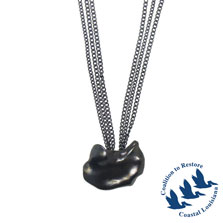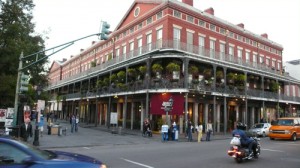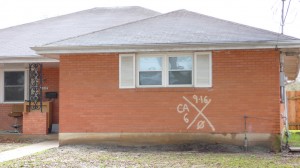
Catching Up Ten Years Later
One of my favorite articles from Inc. magazine explored the decline of a Florida community ten years after it had been struck by Hurricane Andrew. As businesses lost revenues and had uninsured losses, they had to close, laying off employees, who no longer had discretionary income to spend at local businesses which sustained a loss of revenue….it was a vicious cycle and a number of residents were forced to relocate in search of jobs and other opportunities. I particularly appreciated the article, because typically disasters command attention when vivid images of physical damage can be broadcast. But when the news cycle has moved on to other stories, the people impacted by the disaster are left to rebuild without the sense of urgency conveyed by the initial media coverage. I know from my own experience of 9-11 that it is a long, long time before things return to normal – if they ever do. So I had Katrina, After the Flood on my list for some time and finally got around to reading it.
Gary Rivlin, a staff reporter for the New York Times, first went to New Orleans to assess the damage wrought by Hurricane Katrina. He observed that 80 per cent of the houses in the city had been flooded, schools and businesses were ruined and the city’s water and sewer system were unusable. In this book, he traces what happens in the aftermath of a major disaster. Boarded-up businesses, some 21,0000 of the 22,000 businesses registered in New Orleans, were still shuttered six months after the storm. Six weeks after the storm, New Orleans laid off half of the municipal workforce. With so many formerly economically productive businesses and workers unable to contribute to the tax base, the community could not possibly finance its own recovery. What we learn is that life doesn’t go back to “normal”; people re-build or they move on, but the community is permanently changed. It is a gripping read; I highly recommend it.







